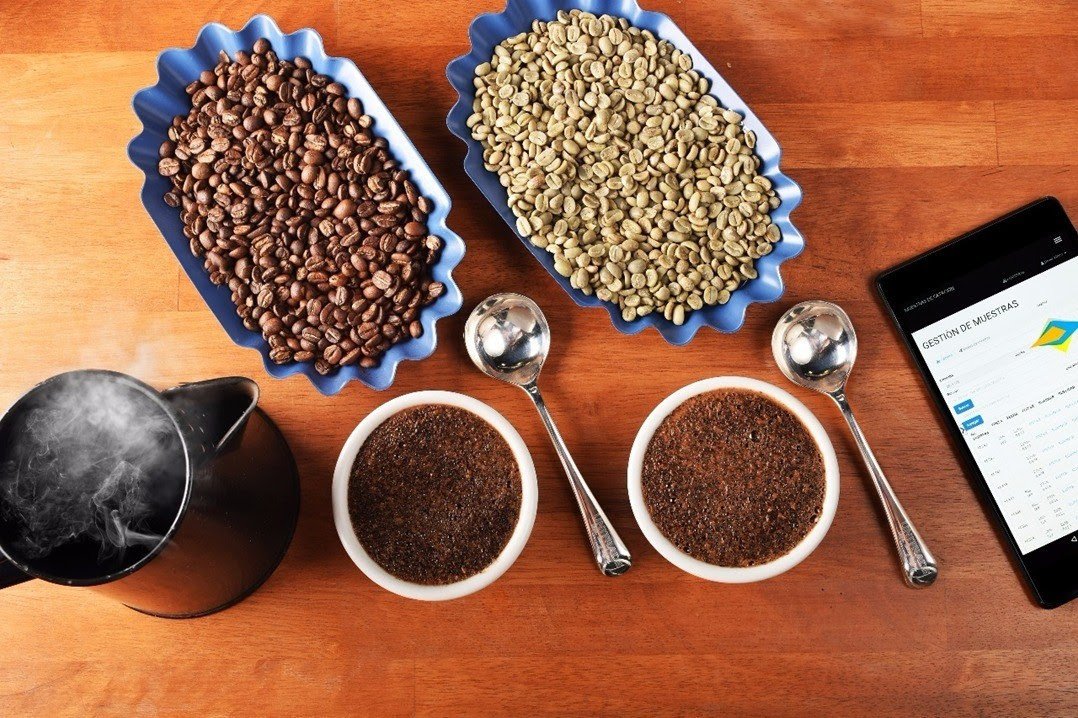What is past crop coffee?
The side of coffee that we don't hear or see much about in the U.S is everything that happens before coffee is roasted. We hear the terms "freshly roasted" and "roasted to order," but, have you wondered what came before? In this series called "Origin Stories" we take a look at everything that happens right up to the point green coffee arrives in the U.S for roasting.
Perfect Daily Grind recently published an article titled "What is past crop coffee, and how can you use it?" The article makes some revealing statements about green coffee that has been in storage for long periods of time. It recognizes that "generally speaking, coffees “become” past crop when they are still in the hands of exporters and importers" and that past crop coffee "doesn’t have the same complexity and nuance as in-season green coffee."
Here at Quintal Coffee we have known that for a long time. Just as roasted coffee gradually becomes stale after roasting, a similar process takes place with green coffee.
Right after hulling, where a natural protective barrier of the coffee cherry called the parchment is removed, green coffee is stored in "grainpro" bags in the producing country in preparation for exporting. These bags are giant ziplocks that provide a barrier to moisture and air while green coffee is in transport from the producing country to its destination. Sometimes air is removed from grainpro bags to create a vacuum atmosphere, but as with roasted coffee stored in air-tight containers, the few oxygen molecules left in the vacuum atmosphere still degrade the lipids and other compounds that give coffee a vibrant and fresh taste. Green coffee that goes through the traditional supply chain of exporters and importers, is slowly but surely becoming oxidized as it makes its way into a coffee roaster here in the United States. Uncontrolled temperature inside shipping containers aboard cargo ships can further contribute to the degradation of green coffee beans.
Before starting Quintal Coffee, we visited a coffee lab in Guatemala that had samples of the same coffee from past and current harvests. The Q Grader explained that "café viejo," that of the past crop, tasted less vibrant than the most current crop. He mentioned that when he travels outside of Guatemala he can recognize when a coffee is past its prime time, and that he makes those findings in coffee shops around the world more often than he would like.
Not all coffee that arrives to the United States is stale to the point of losing all its most desired characteristics. However, for optimal consistency, we prefer to roast our coffees at Origin and only from the most recent harvest. This is the only way we can perfectly control the conditions and the amount of time that green coffee spends in storage before loading into the roaster.



